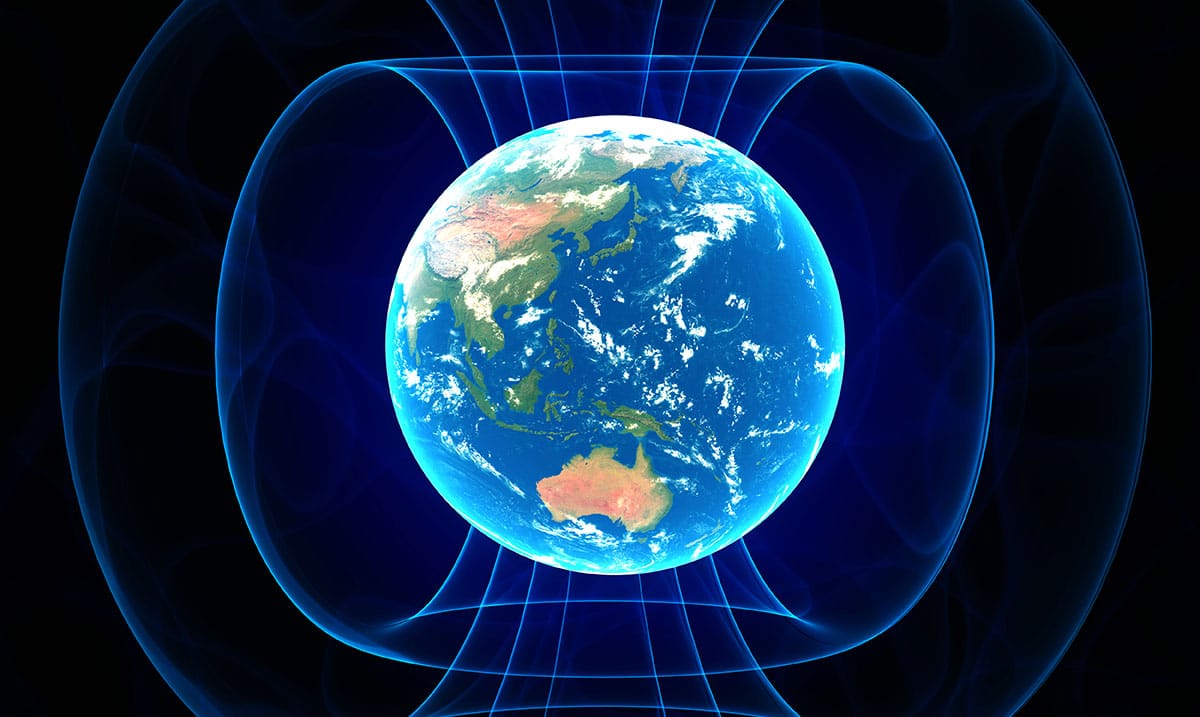While we all know that magnetic north is drifting and doing-so at a rate we weren’t technically expecting but most of us don’t really know why. This kind of thing might not be set in stone but we do have a good idea about what is going on.
According to Earth Sky magnetic north in itself seems to be controlled by some kind of blob. I know, that might sound odd but it seems to be true. Basically, there are two blobs present under different countries and they’re tugging at the pole itself. However, one blob is doing better than the other and that’s causing the pole to drift/magnetic north to drift.
Earth Sky also wrote as follows on the topic:
Scientists studying the drift of Earth’s magnetic north pole have pinpointed a change in the circulation pattern of magnetic blobs deep below Earth’s surface. They’ve learned a change in the flow underneath Canada has caused a patch of magnetic field at the edge of Earth’s core, deep within the Earth, to be stretched out. This has weakened the Canadian patch and resulted in the pole shifting towards Siberia.
These blobs are causing a lot of movement and this in itself could continue to increase for who knows how long, overall we don’t know how things will end up. The blob more towards Canada could end up overpowering the Siberian blob at some point but right now that doesn’t appear to be happening. Overall, it’s good to know that magnetic north in itself isn’t ever going to remain in one set place for eternity, it will always be shifting on some level.
Popular Mechanics wrote as follows breaking this topic down:
The magnetic north pole just isn’t where it used to be.
Ever since James Clark Ross first identified it on the Boothia Peninsula in Canada’s Nunavut territory in 1831, scientists have been carefully measuring its location ever since. But in recent years, it’s been inching closer and closer to Siberia at a surprisingly rapid pace.
Now, researchers from U.K. and Denmark say they’ve uncovered the reason for this mysterious movement: Two writhing lobes of magnetic force are duking it out near Earth’s core.
“The wandering of Earth’s north magnetic pole, the location where the magnetic field points vertically downwards, has long been a topic of scientific fascination,” the researchers write in their paper, which appears in the May 5 issue of Nature Geoscience.
Earth’s magnetic field is generated by molten iron in its outer core. The flow of this liquid iron can influence the location of the planet’s magnetic poles. While poles have drifted and even swapped places numerous times over the course of Earth’s long history, what’s different about this recent shift is how quickly it’s happening. From 1999 to 2005, Earth’s magnetic north pole went from shifting 9 miles at most each year to as much as 37 miles in a year.
Perhaps in the future, we will know more about these blobs and how they’re working overall. I, for one, find this to be quite fascinating.

